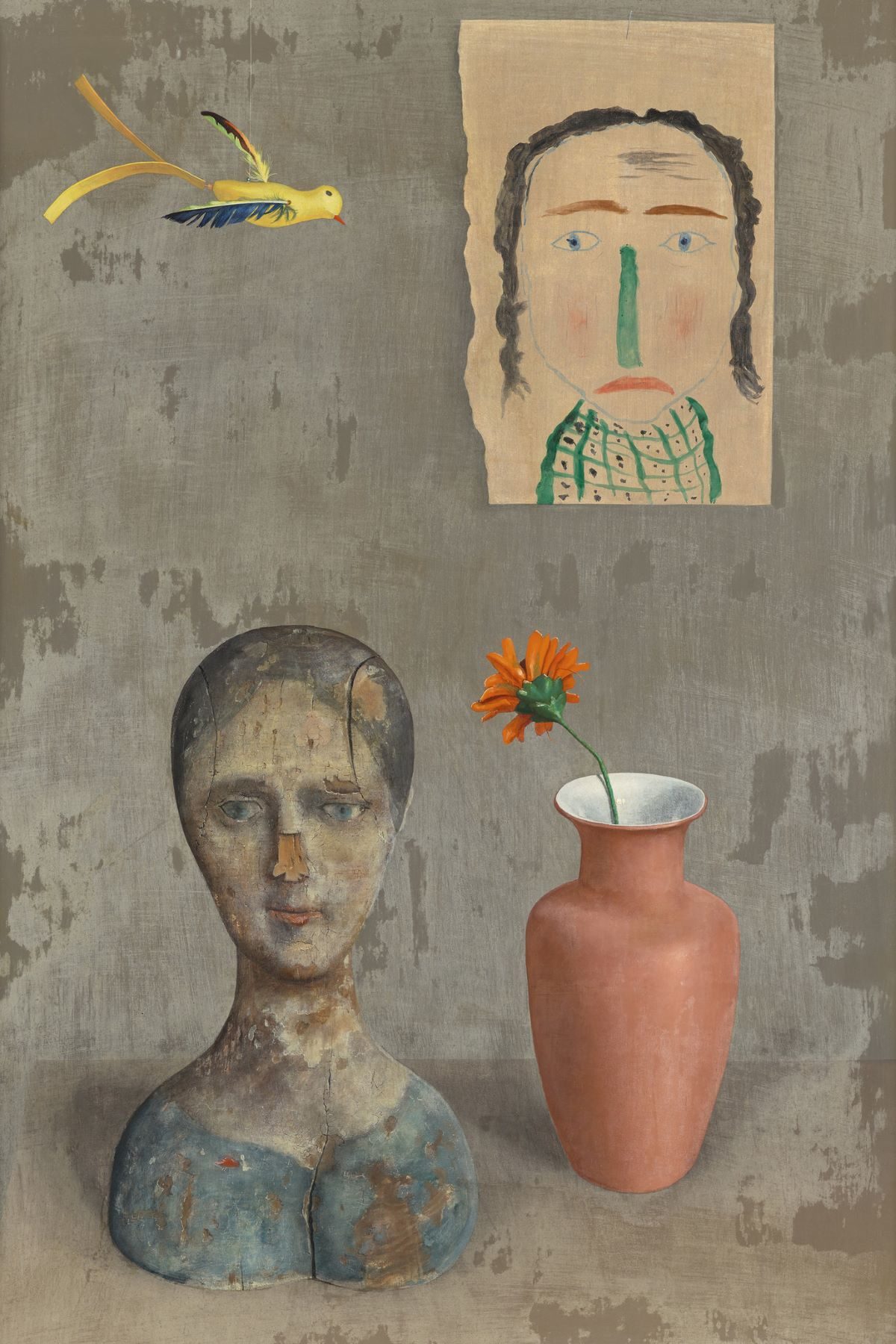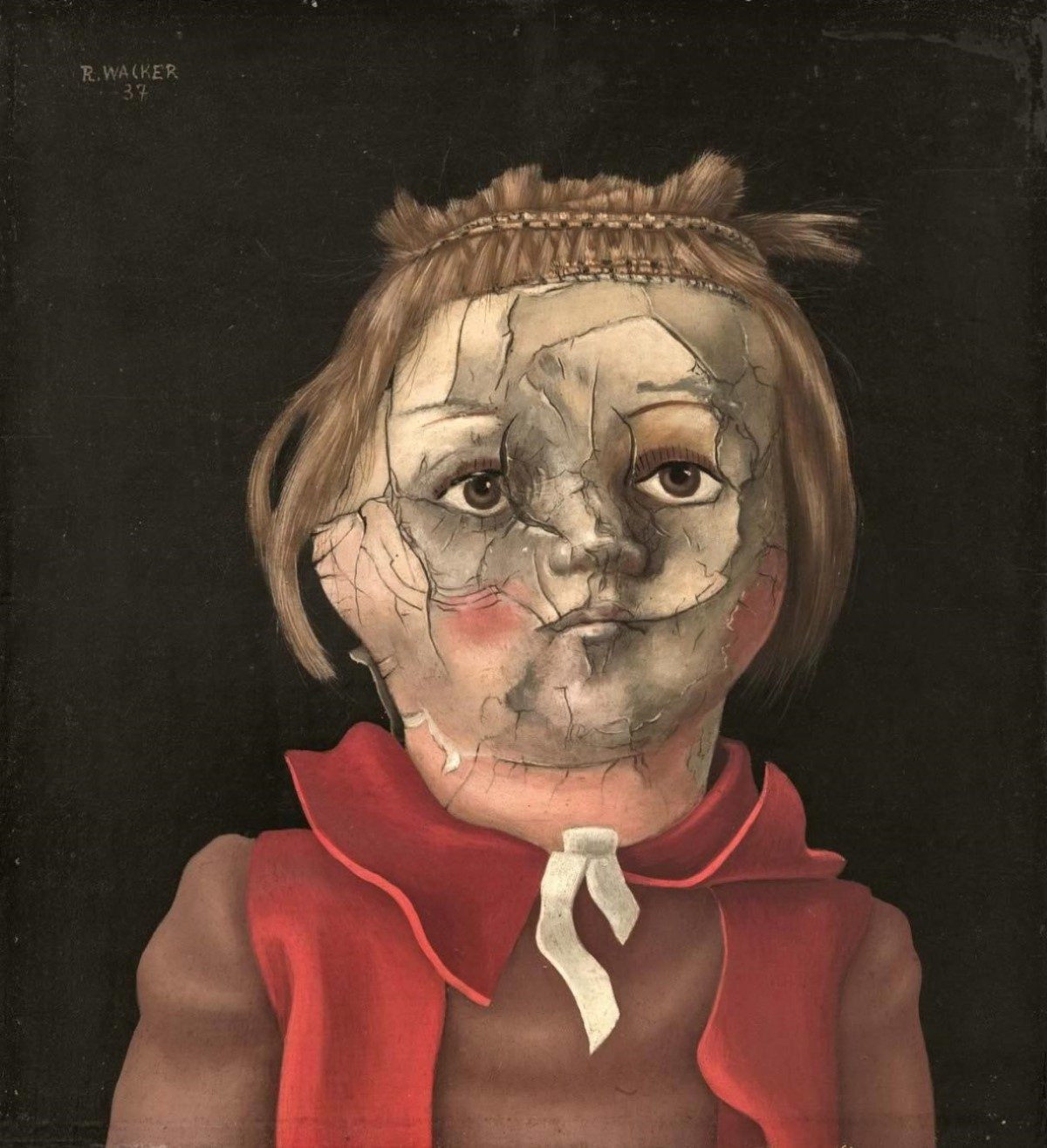
‘Cracked Doll’s Head’ (1934).
Rudolf Wacker (1893-1939) was a painter, illustrator and activist. He was a member of the Neue Sachlichkeit group which came to prominence during the 1920s and 1930s. Neue Sachlichkeit has been translated as the “New Objectivity”, the “New Sobriety”, or the “New Matter-of-Factness”. The artists associated with this movement included George Grosz, Otto Dix, Hans Martens, and the playwright Bertolt Brecht.
Wacker was the son of an architect. He was born in Bregenz, Austria. Before he could read and write, Wacker showed considerable aptitude for painting and drawing. He was encouraged to develop his talents. At eighteen, he applied to study at the Academy of Fine Art in Vienna but failed the entrance exam. Undeterred, he applied to study at the Art School in Weimar under Albin Egger-Lienz and Walter Klemm in 1911.
At the start of the First World War, Wacker signed-up for the German army. In 1915, while on service in Poland, he was captured by Russians and sent to a prisoner of war camp in Siberia. Wacker spent the next five years at a hard labour camp in Tomsk. This was the single most influential event on his life. During his time in prison, Wacker kept a diary detailing the extreme brutality meted out to him and his fellow prisoners.
In 1920, He was released from prison. He returned to Berlin. He began painting. He joined the group of avant garde artists centred around Erich Heckel – one of the founders of Die Brücke group of German Expressionist artists. In 1923, he married Ilse Moebius.
Wacker’s painting confounded opinion. Critics were unimpressed, the public bemused by the eerie quality of his work. When Wacker could not afford a model or his wife refused to pose once again, he painted dolls and toys, still life with potted plants. His paintings expressed a growing unease with the world.
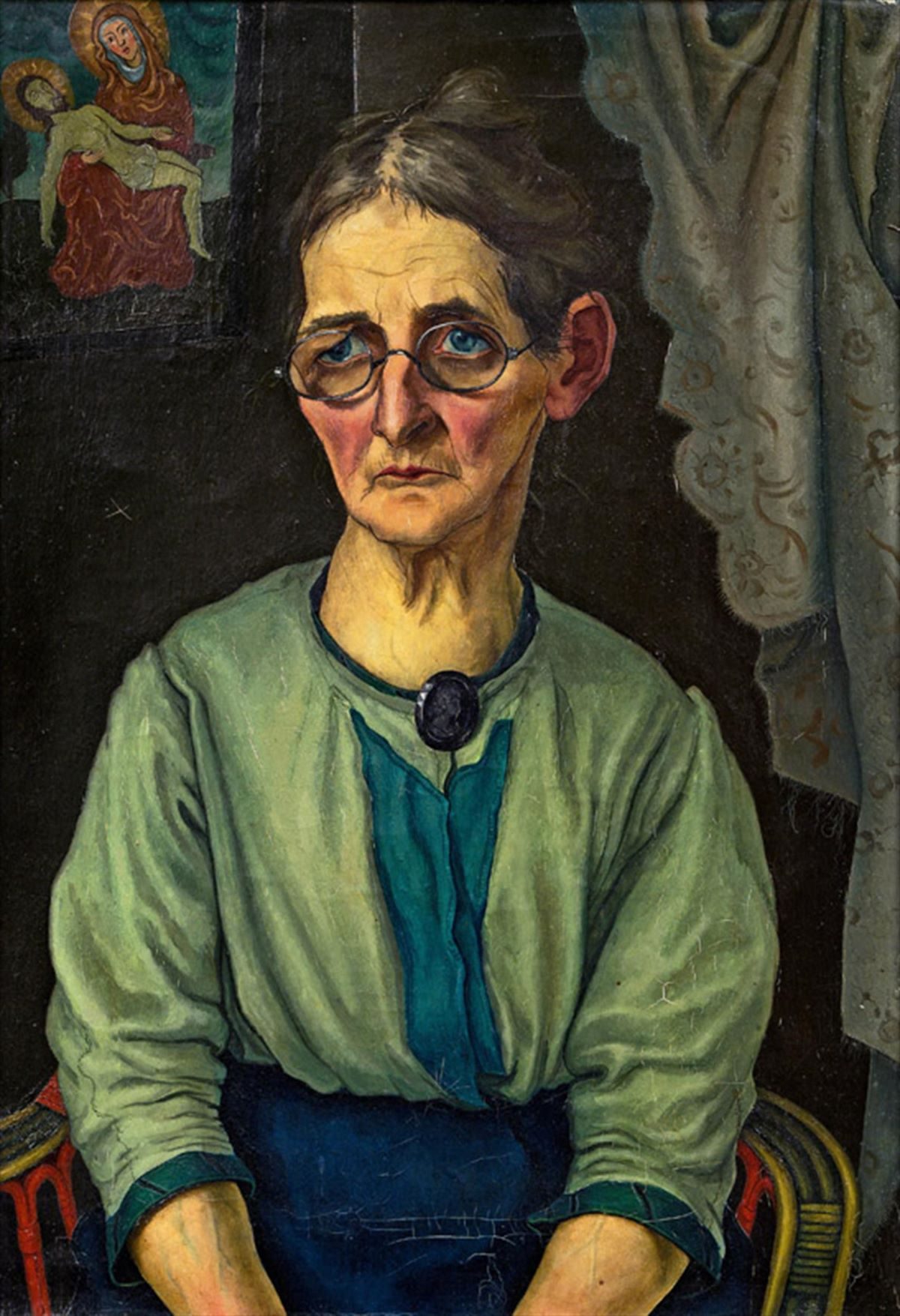
‘Rosalie Haller’ (1926).
Unable to sell his work, Wacker worked as an illustrator for magazines and books. With Ilse, he moved to Lake Constance where he co-founded a collective known as the Circle. He painted landscapes. He started experimenting with different styles. He aligned himself to the Neue Sachlichkeit group. He considered his work as making a statement about life.
Returning to Austria with his wife and son in 1930, Wacker was acutely aware of the rise of the National Socialists in German. Wacker actively denounced their leader Adolf Hitler. He took part in marches, demonstrations, and signed petitions. His actions marked him out as an enemy to the Nazis.
Wacker’s work began to sell, but not frequently enough to ensure financial stability. He exhibited in the Venice Biennale. However, his political associations saw him ostracised by the art colleges and institutions in Vienna.
In 1938, Germany annexed Austria as part of the Greater Germany. Wacker was a marked man. The Gestapo visited his studio. He was taken away for interrogation. This happened several times until during one interrogation at his studio in 1939, Wacker suffered a massive heart attack. He was removed to a hospital were he died a few days later. Rudolf Wacker was 46.
Though Wacker had little success in his life, he is now considered “one of Austria’s most important representatives of the Neue Sachlichkeit” He is also credited as an early pioneer of Magical-Realism.
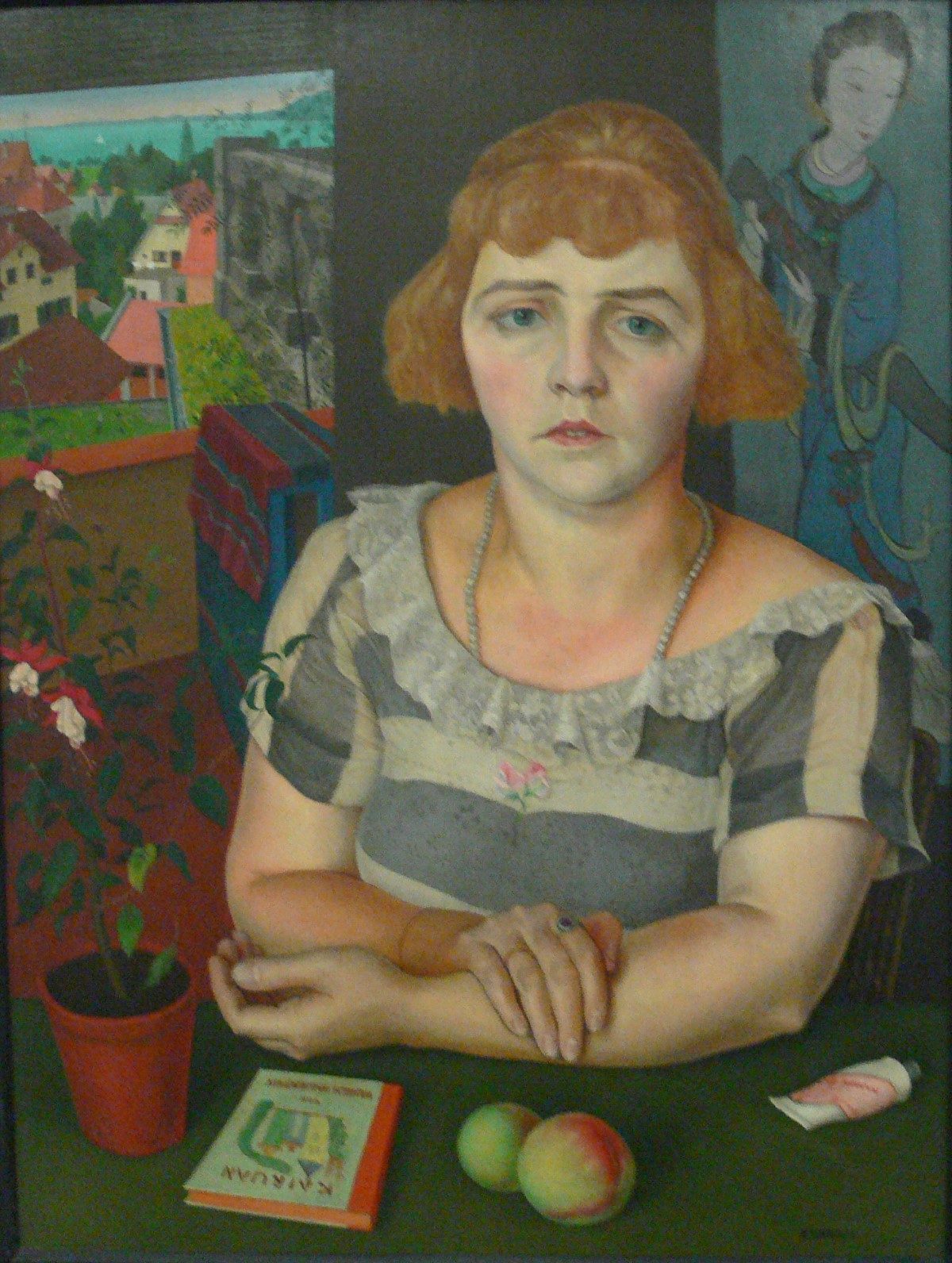
‘Ilse’ (1926). Buy Rudolf Wacker prints in the Shop
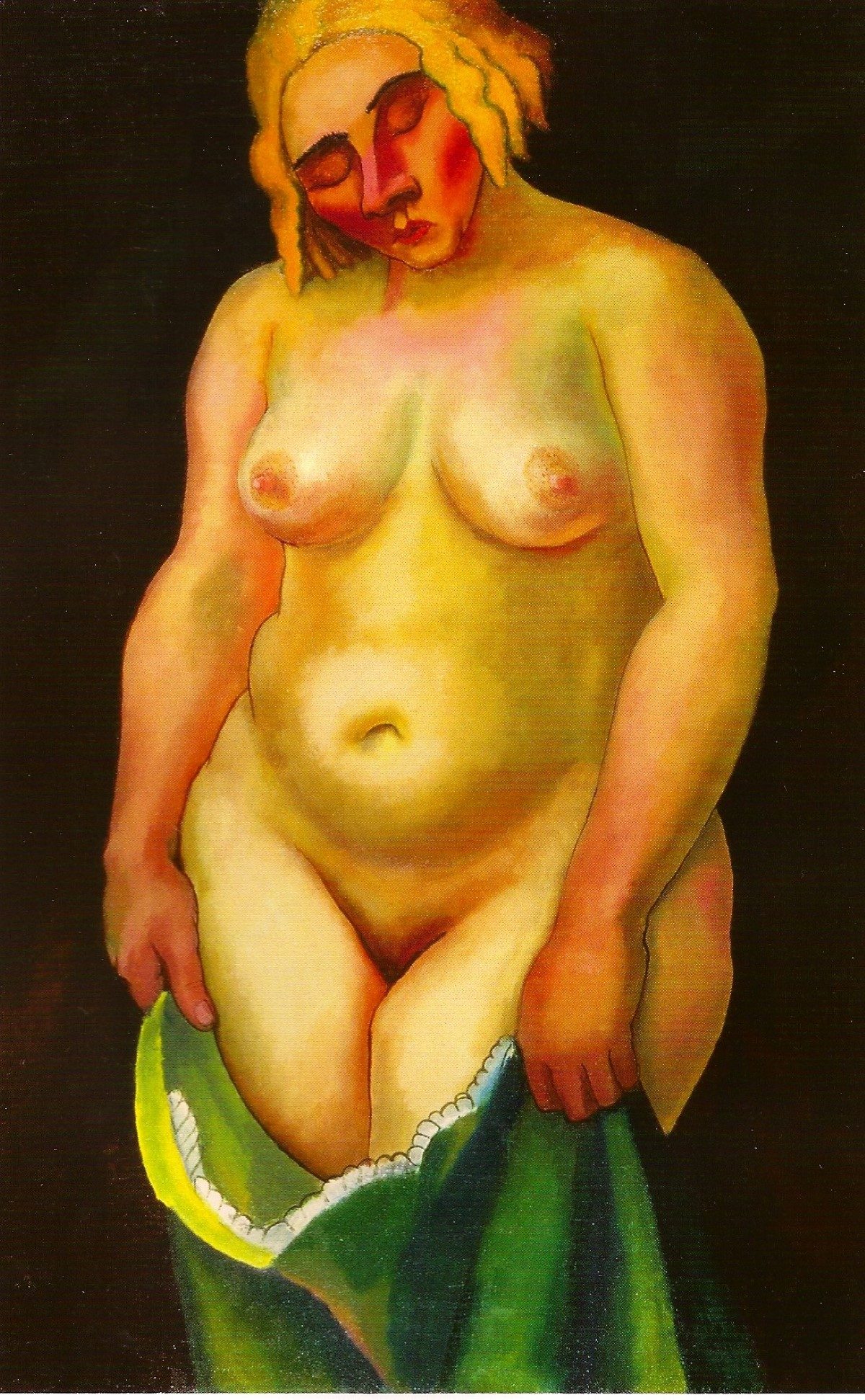
‘Standing Nude’ (1925).
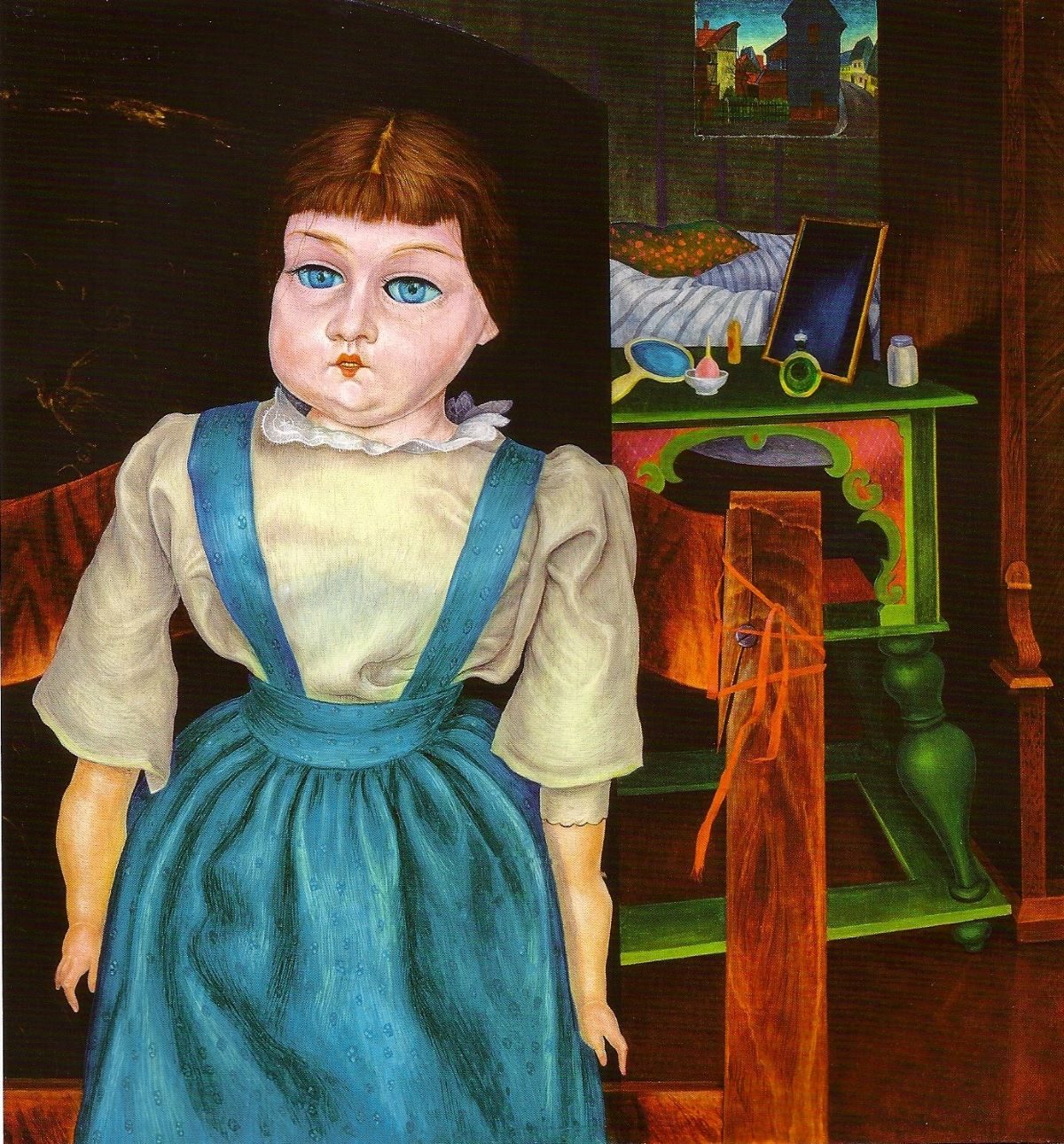
‘Doll and Interior’ (1927).
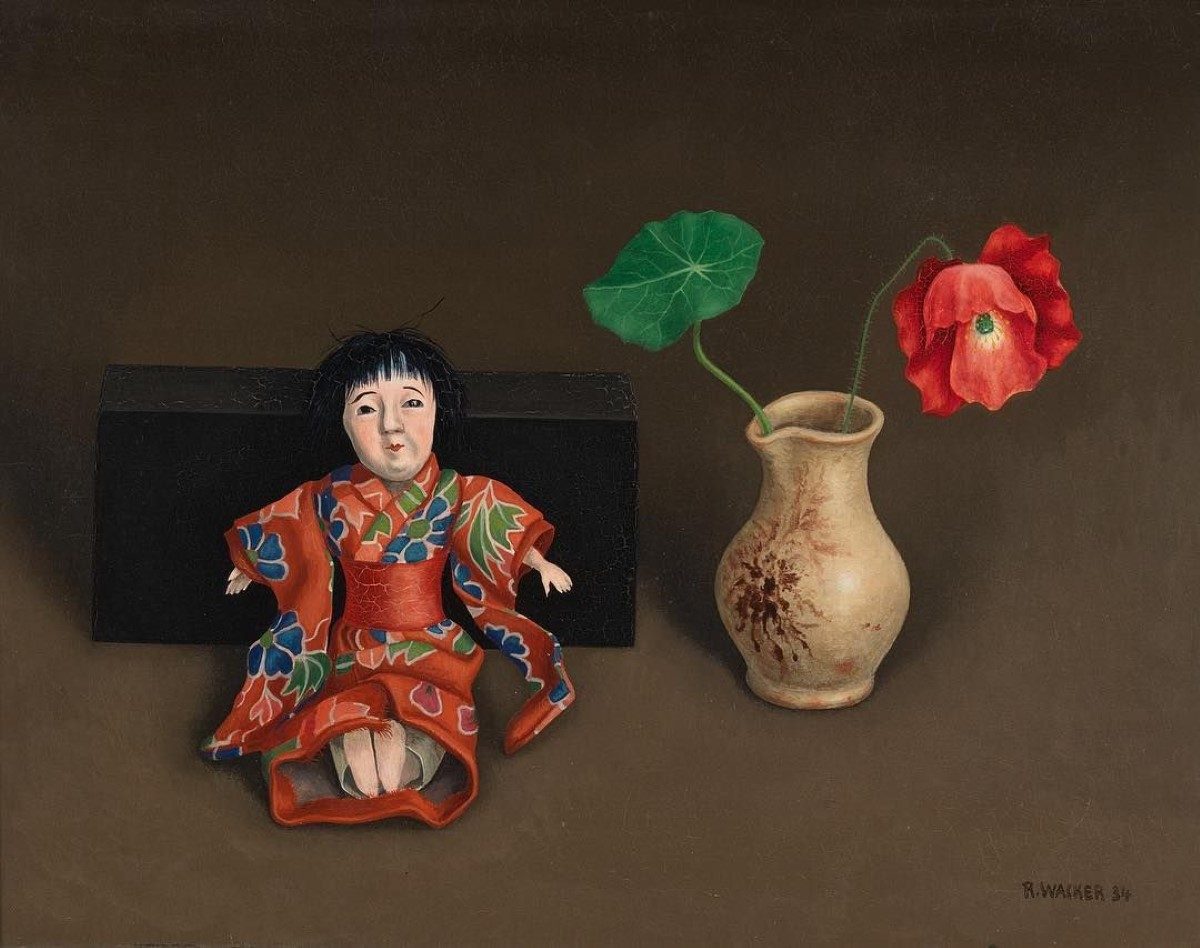
‘Japanese Doll and Poppy’ (1934).

‘Still Life with Plant’ (1931). Buy Rudolf Wacker prints in the Shop

‘Damaged Head’ (1934).
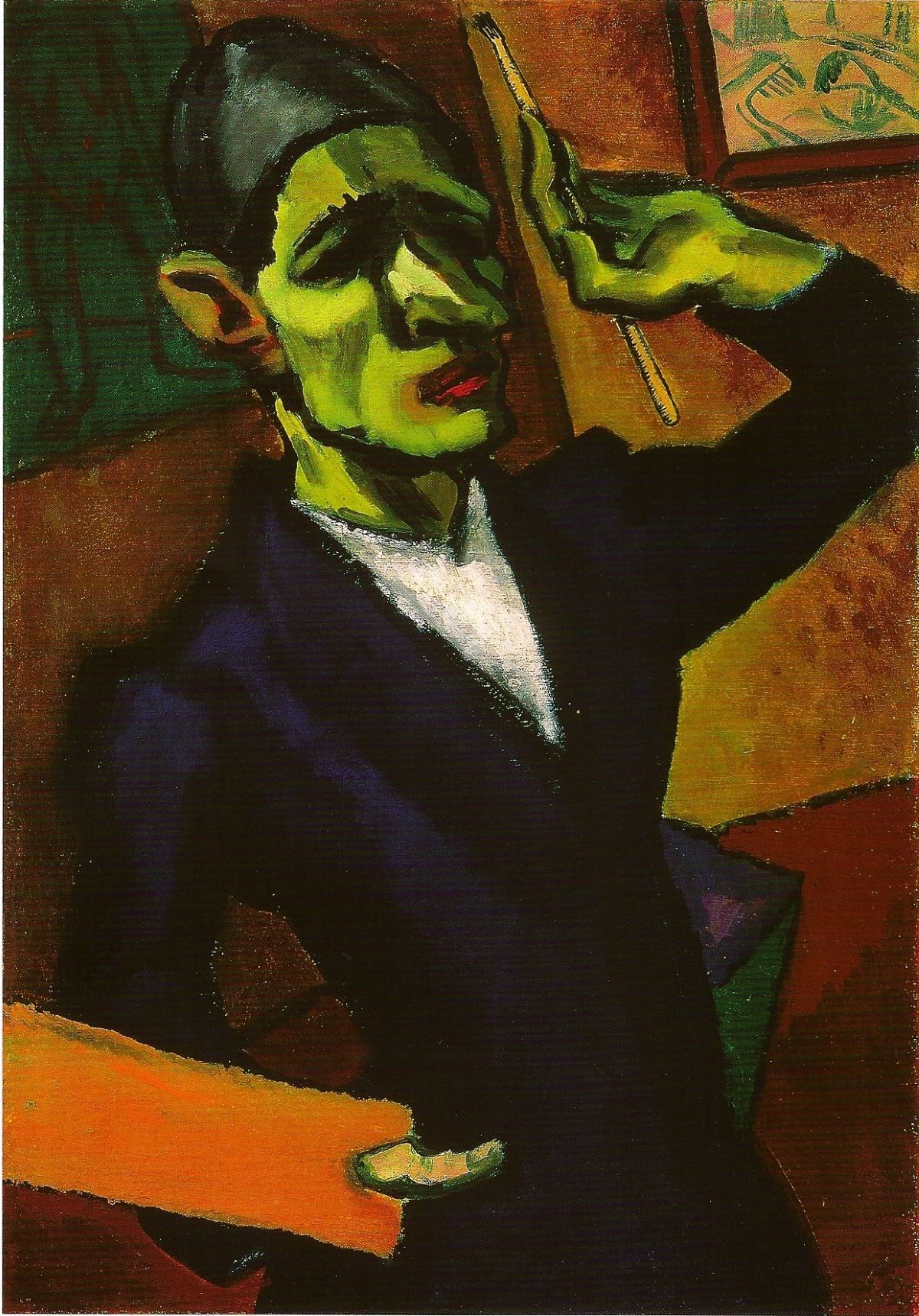
‘Self-portrait with Orange Palette’ (1926).
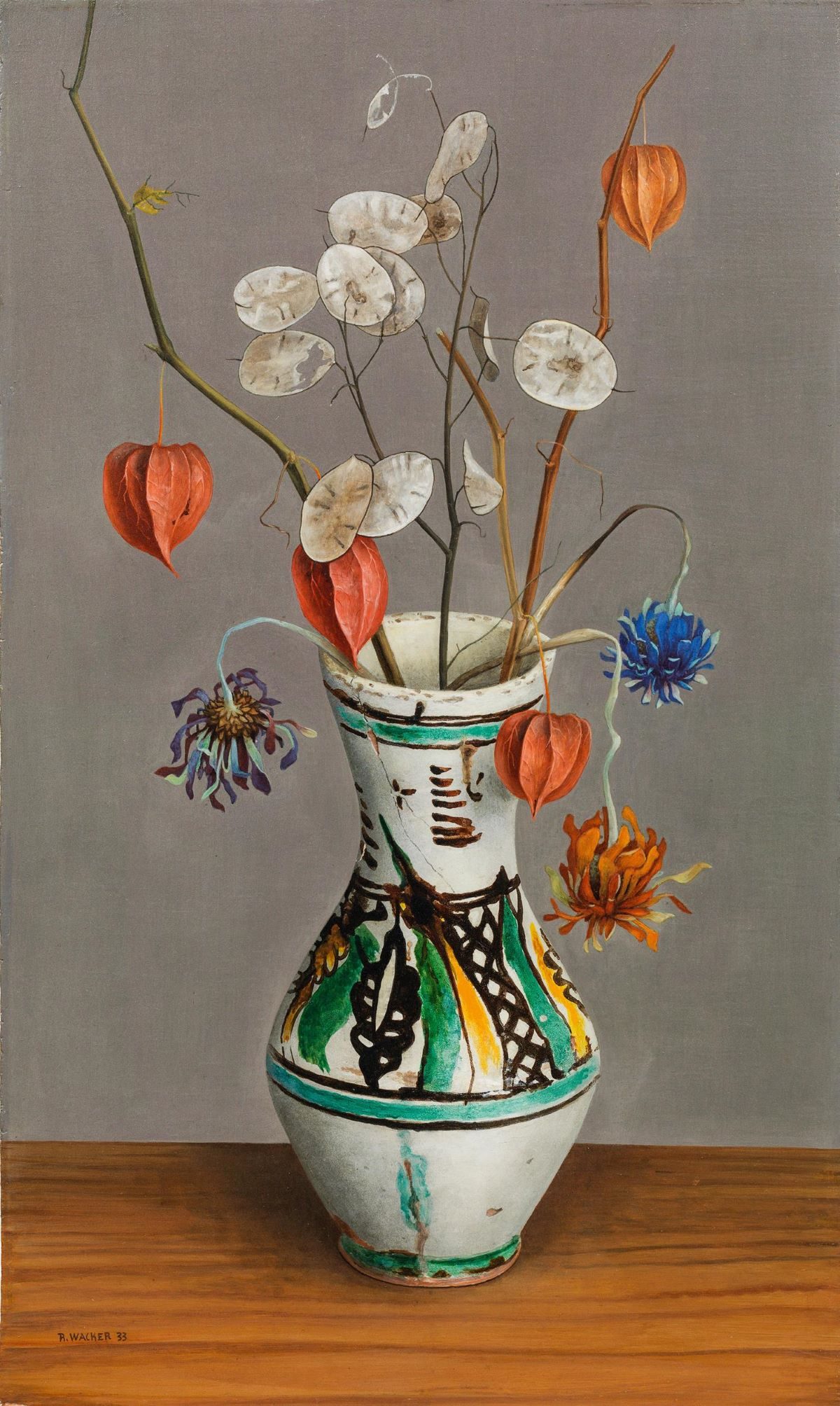
‘Romanian Jug’ (1933). Buy Rudolf Wacker prints in the Shop
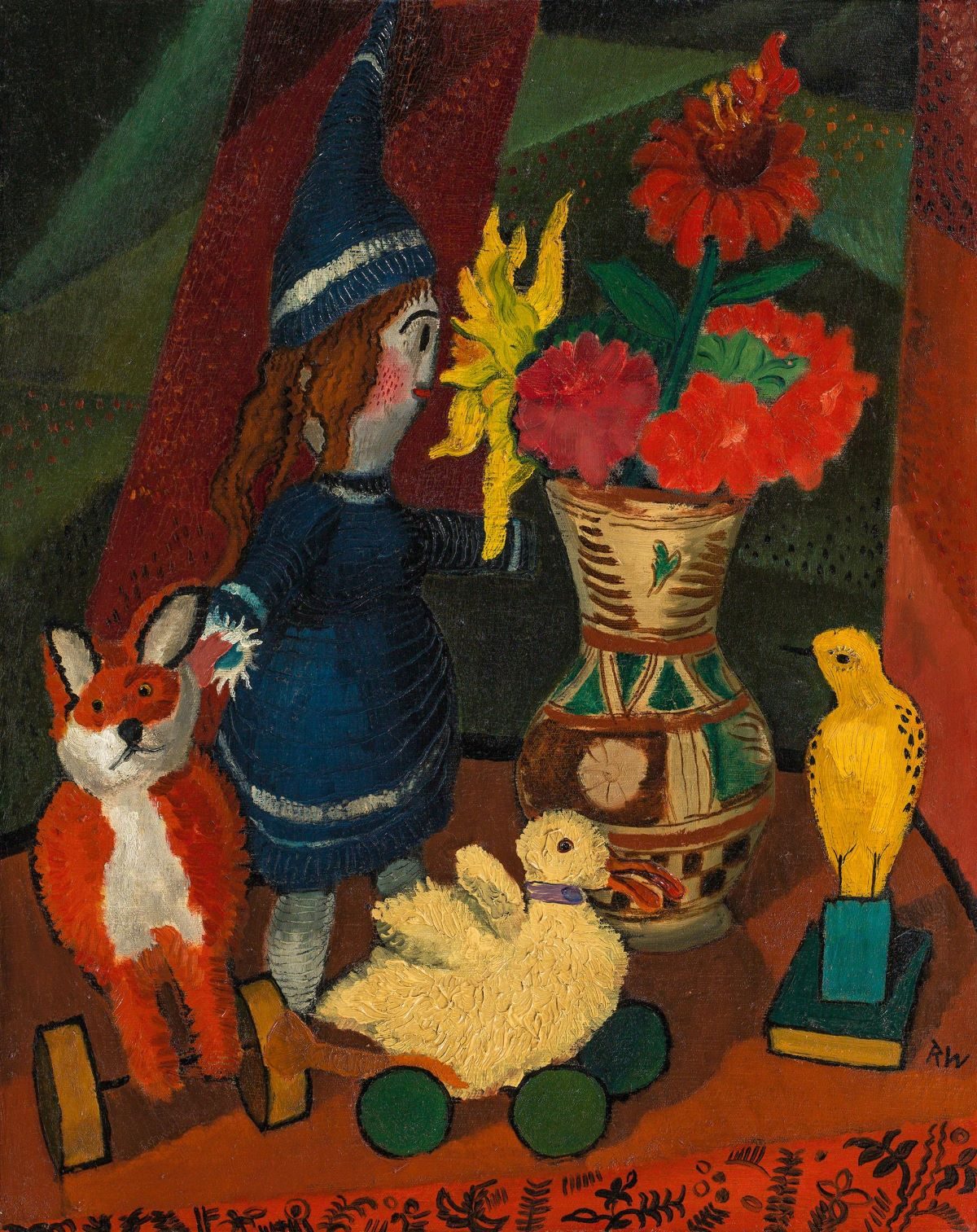
‘Still Life with Flower Jug and Doll’ (1924).
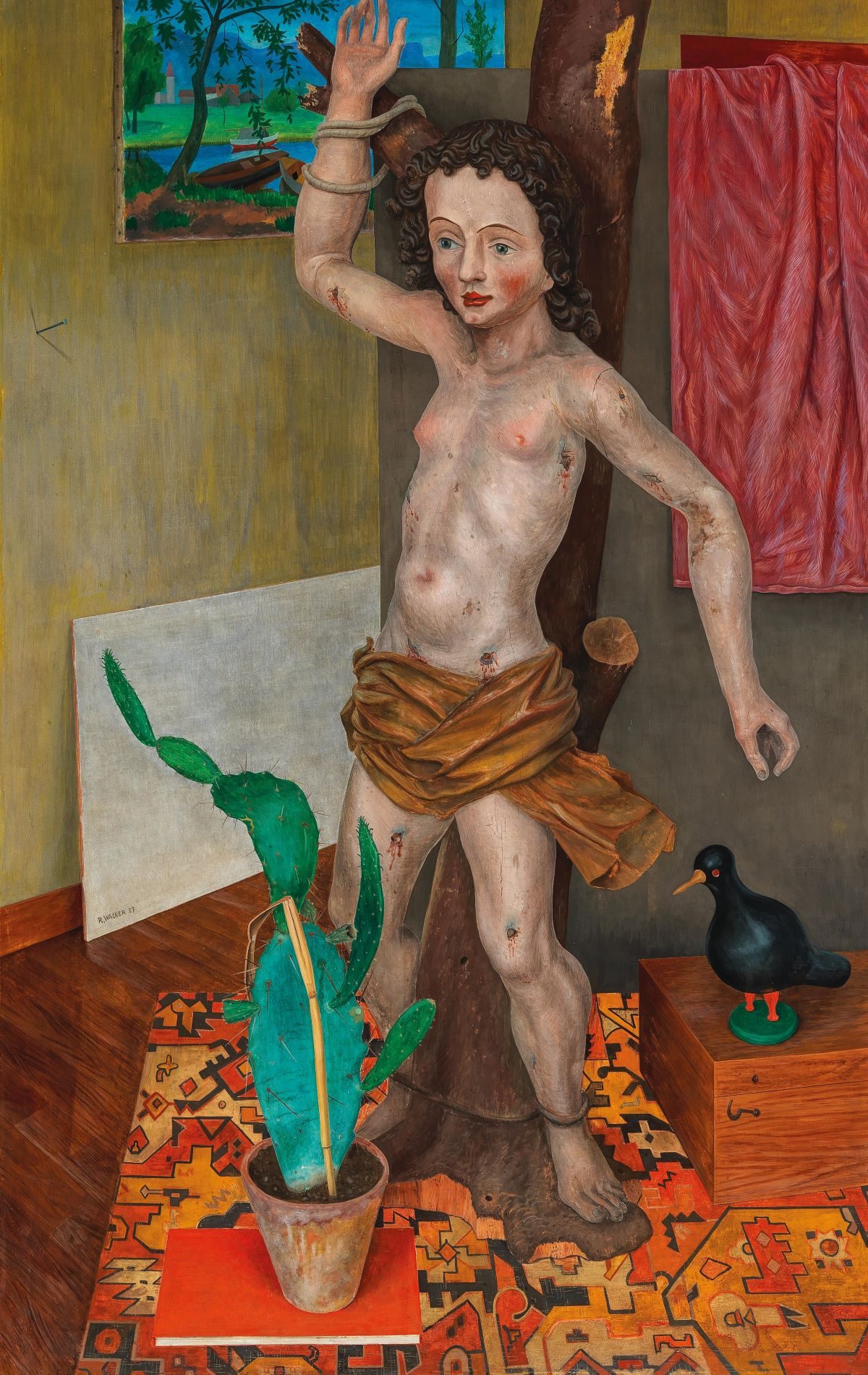
‘Still Life with St. Sebastian’ (1927).
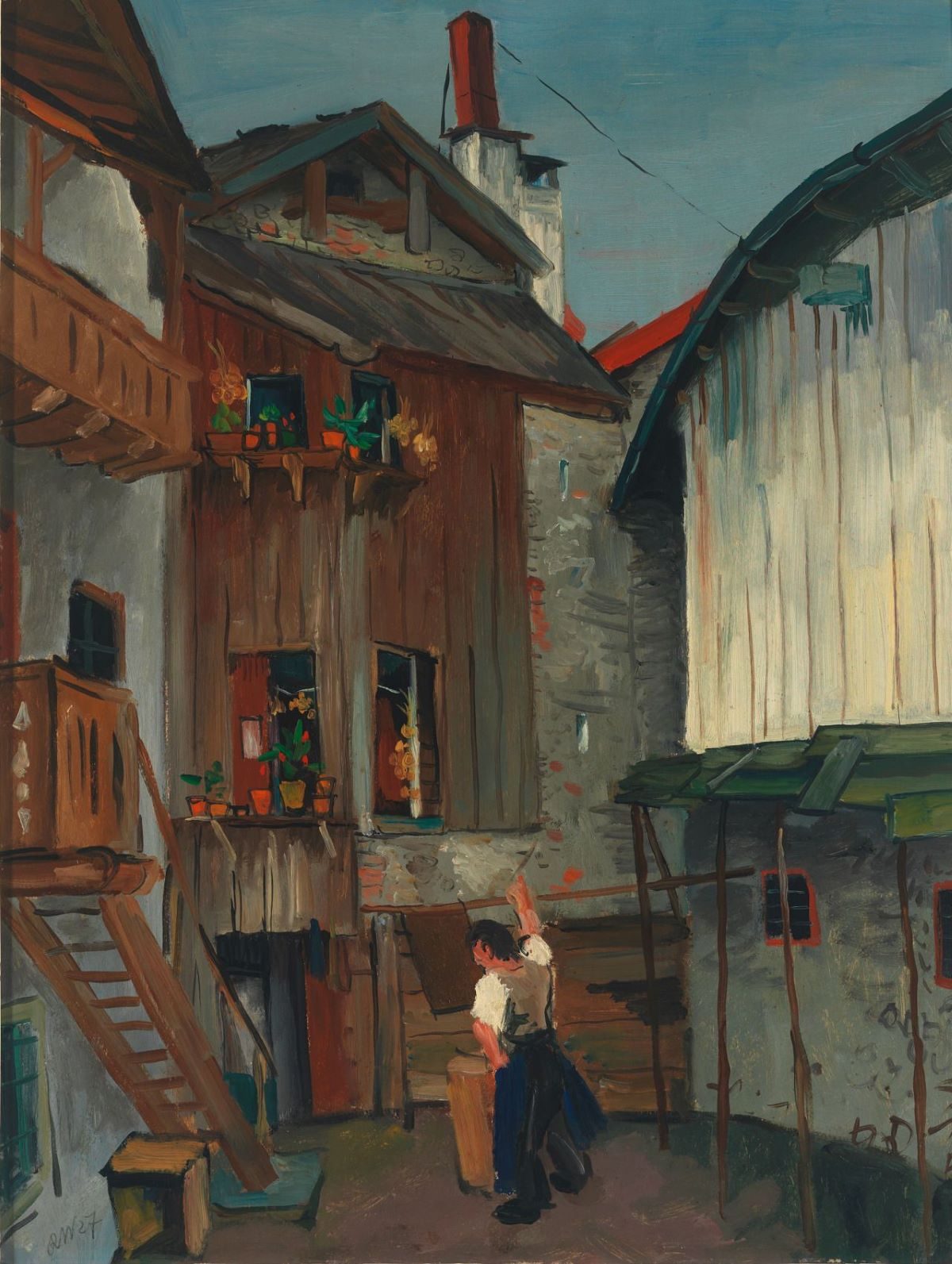
‘Corner of House at Ruette’ (1927).
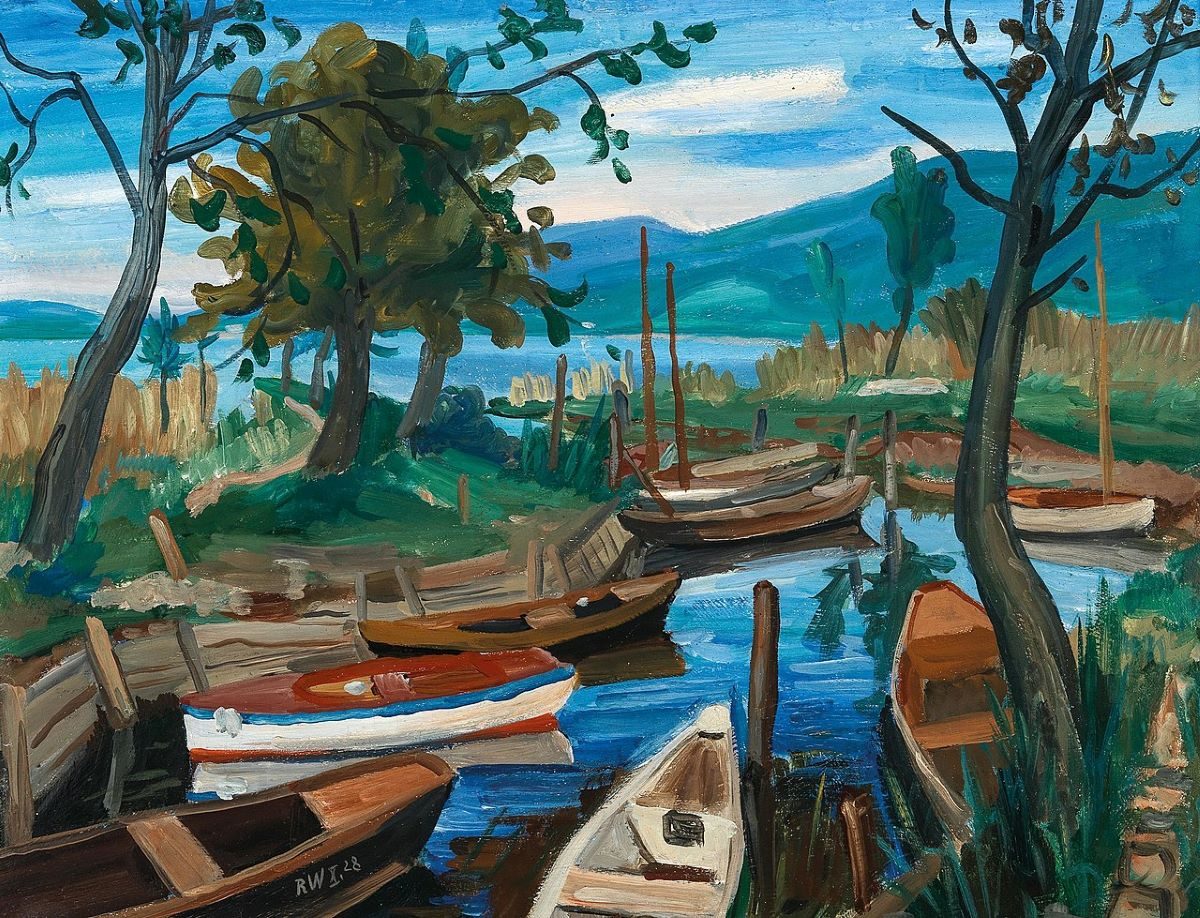
‘Lake Constance and Landscape’ (1928).
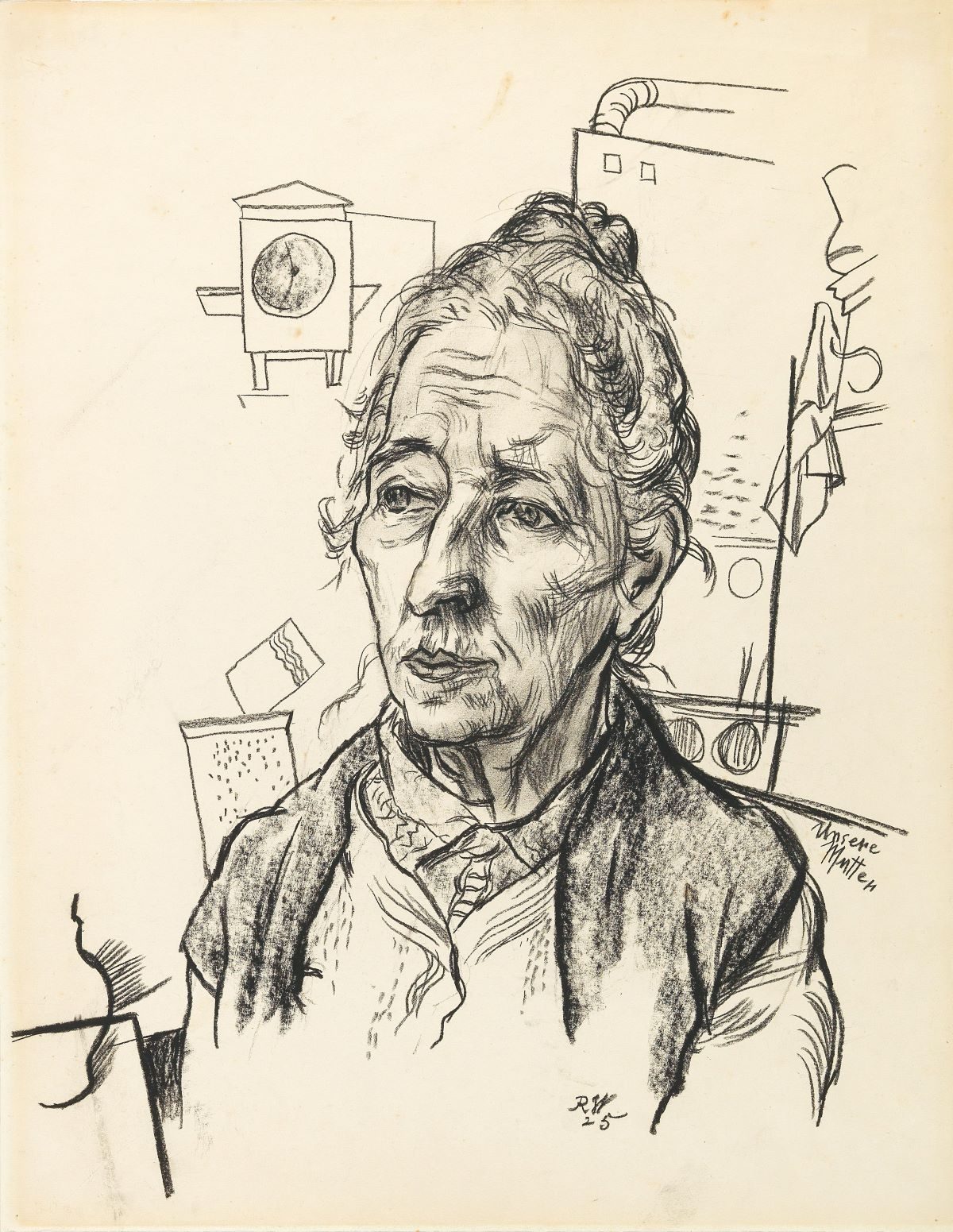
‘Our Mother’ (1925).
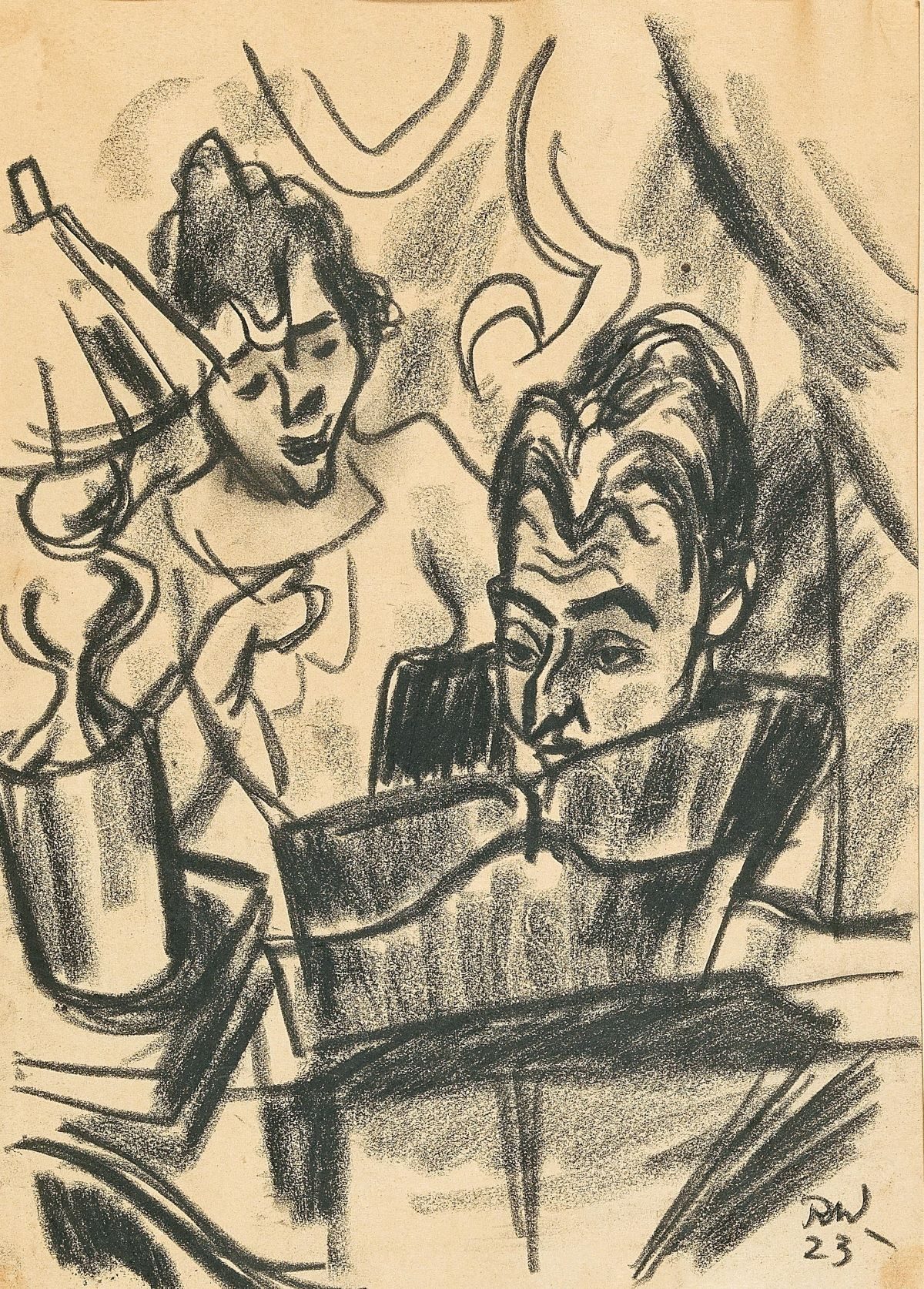
‘At the Piano’ (1926).
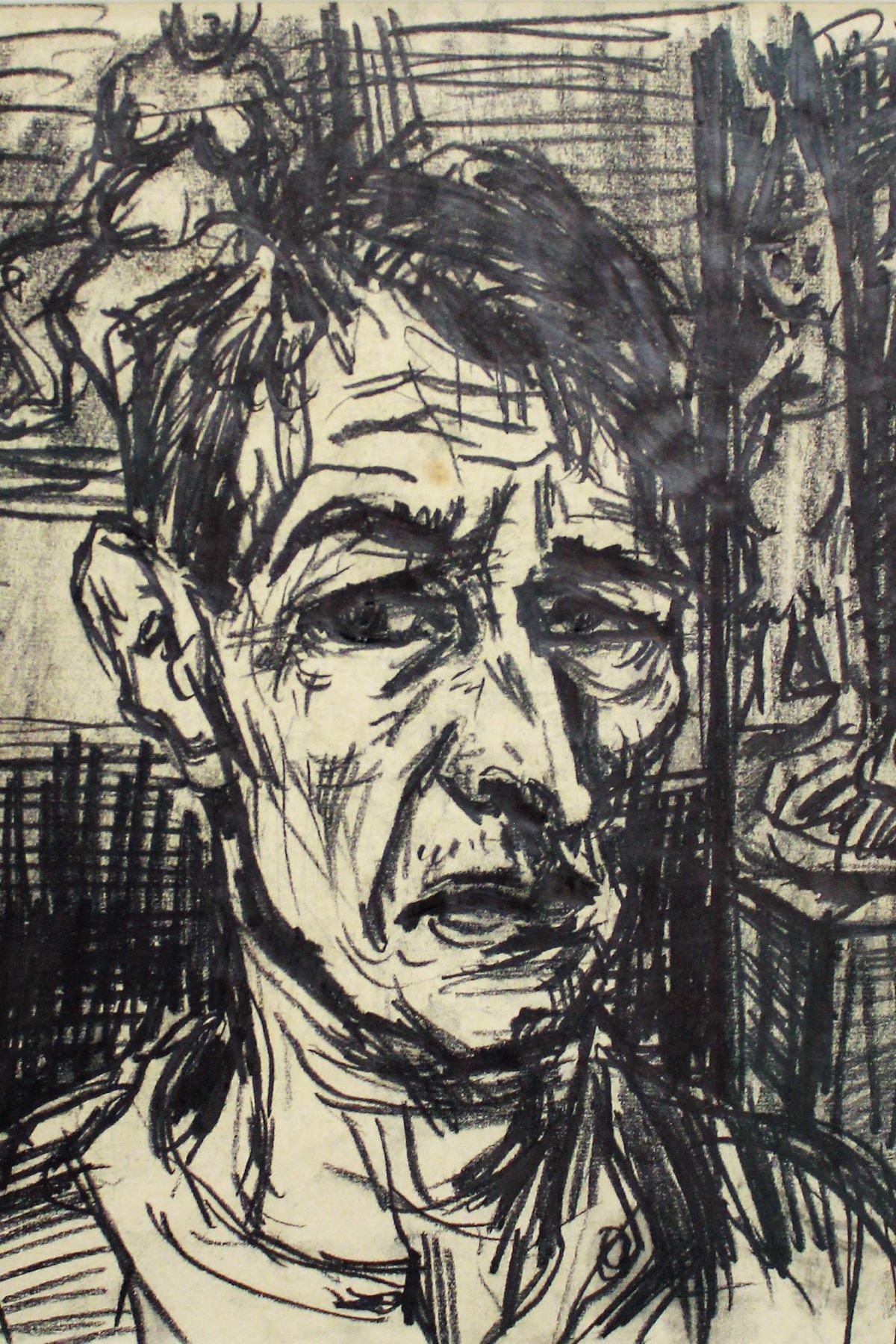
‘Self-portrait’ (1932).
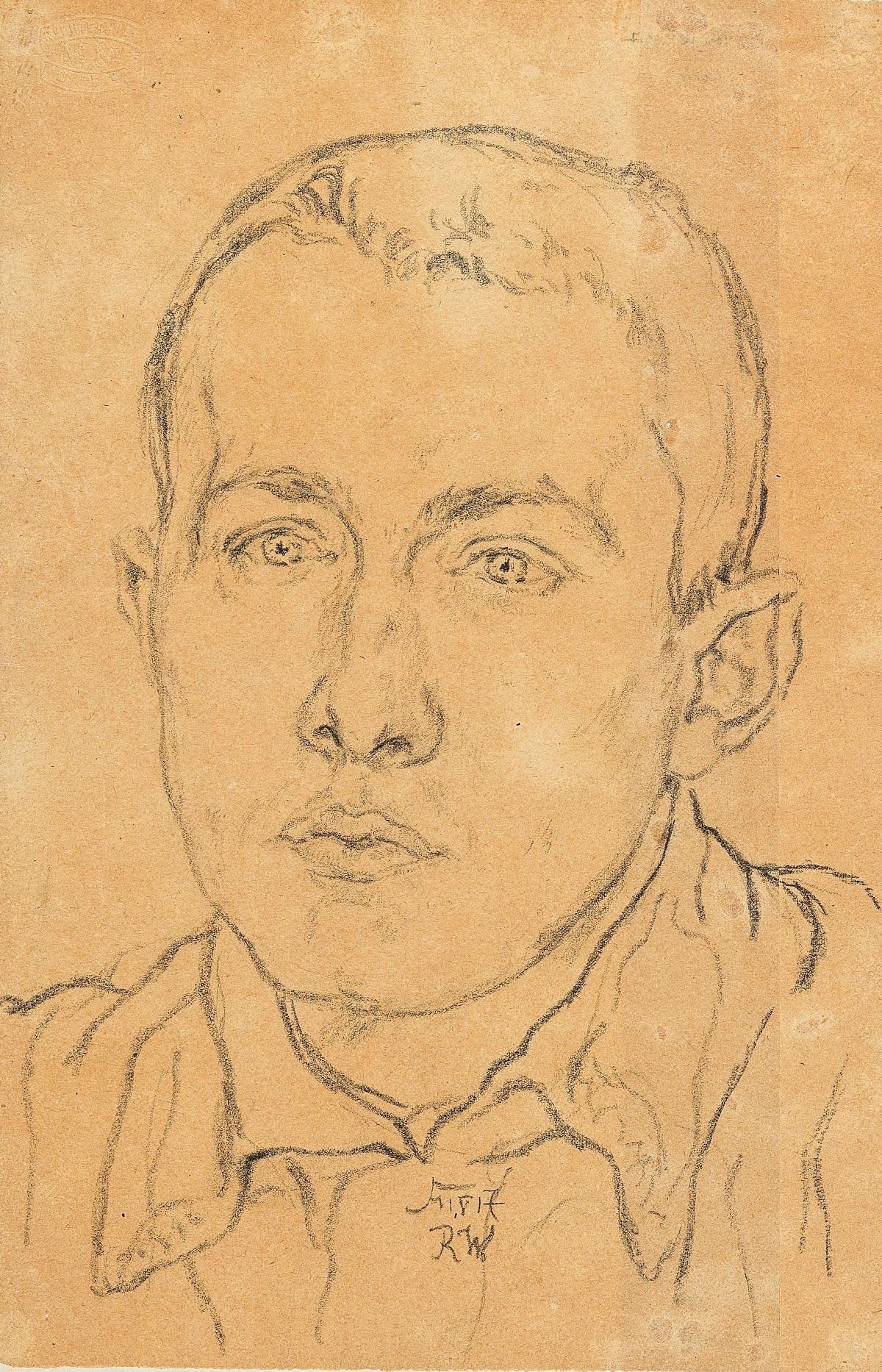
‘Prisoner of War’ (1917).
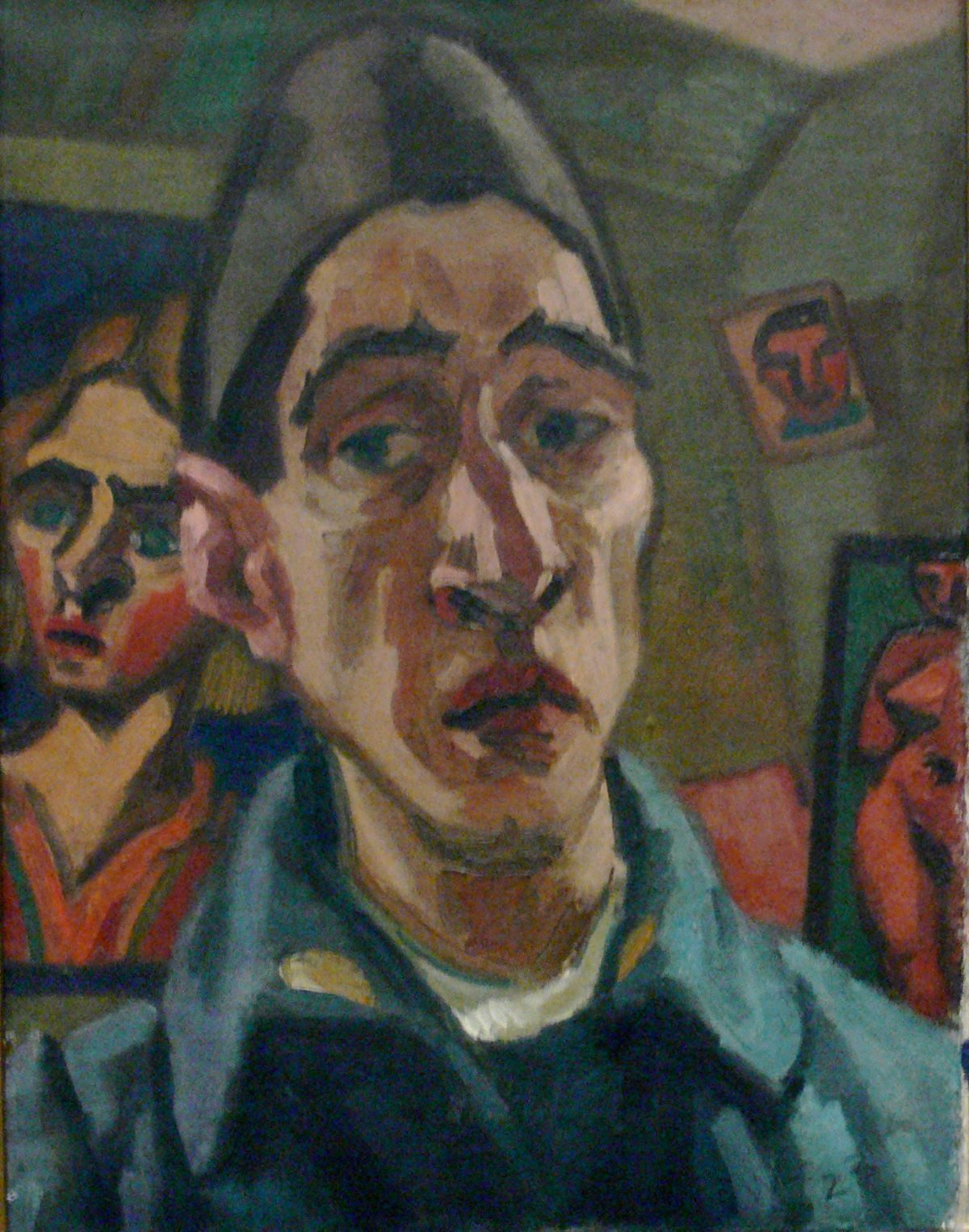
‘Self-portrait’ (1923).
Buy Rudolph Wacker prints at the Flashbak Shop.
Would you like to support Flashbak?
Please consider making a donation to our site. We don't want to rely on ads to bring you the best of visual culture. You can also support us by signing up to our Mailing List. And you can also follow us on Facebook, Instagram and Twitter. For great art and culture delivered to your door, visit our shop.
